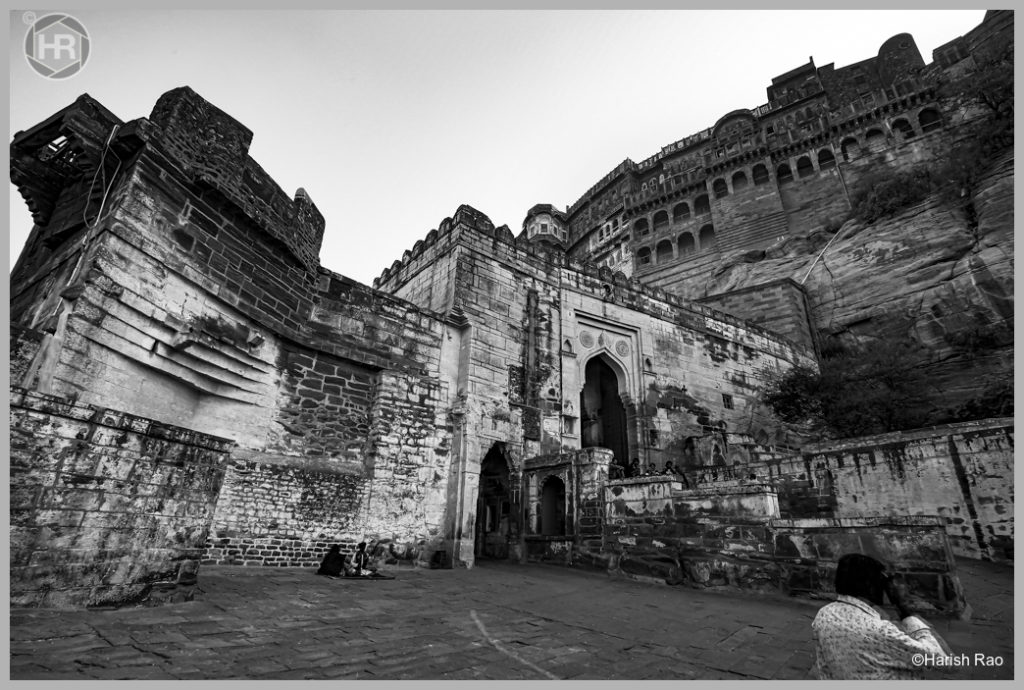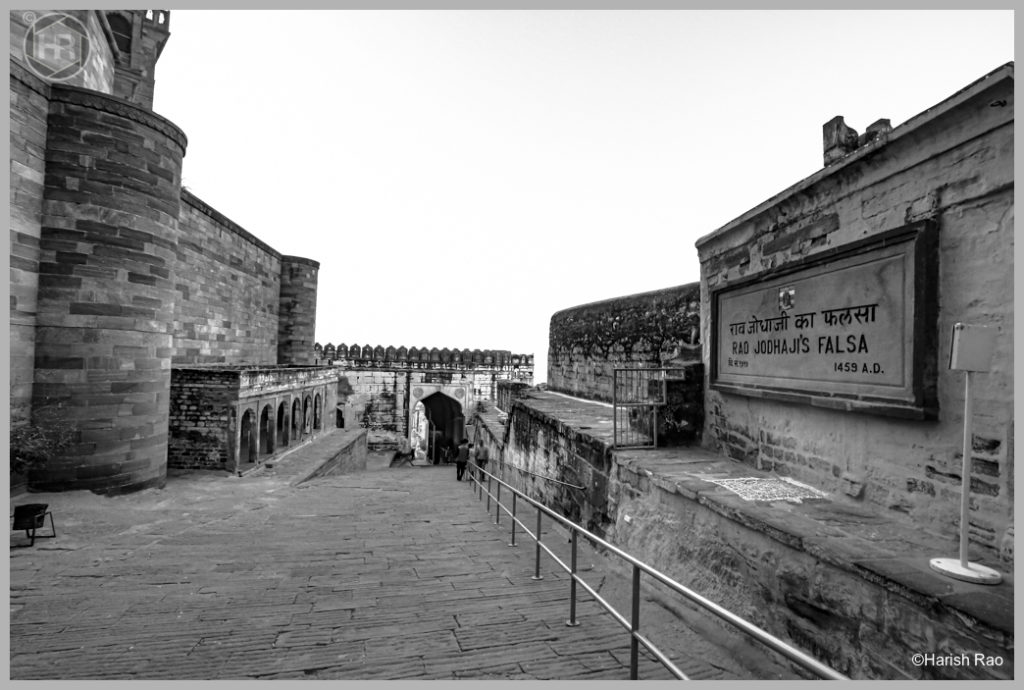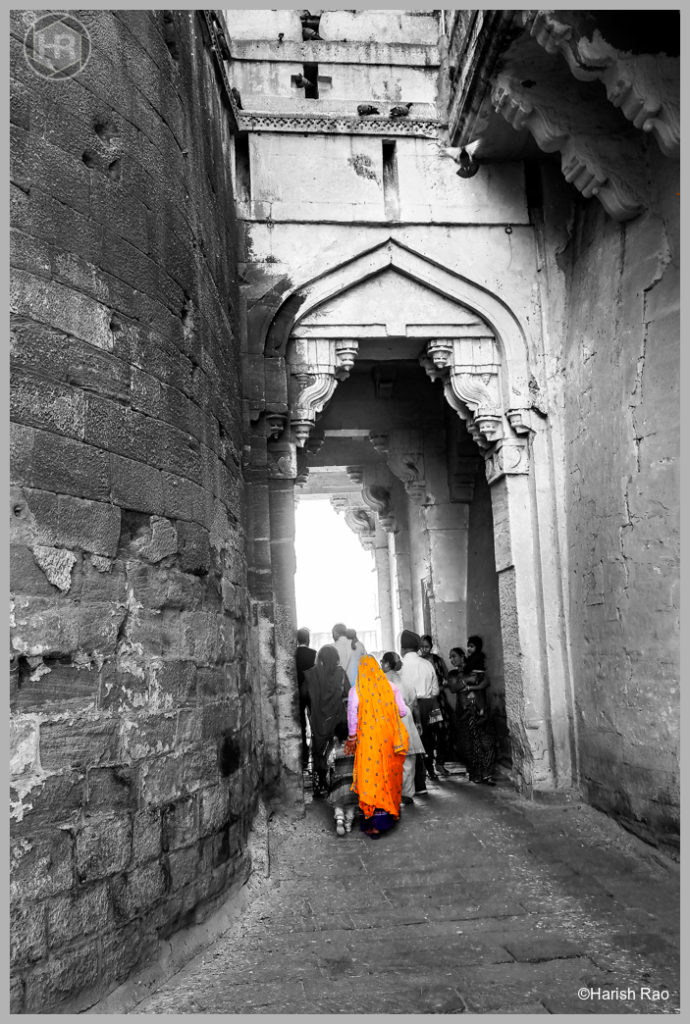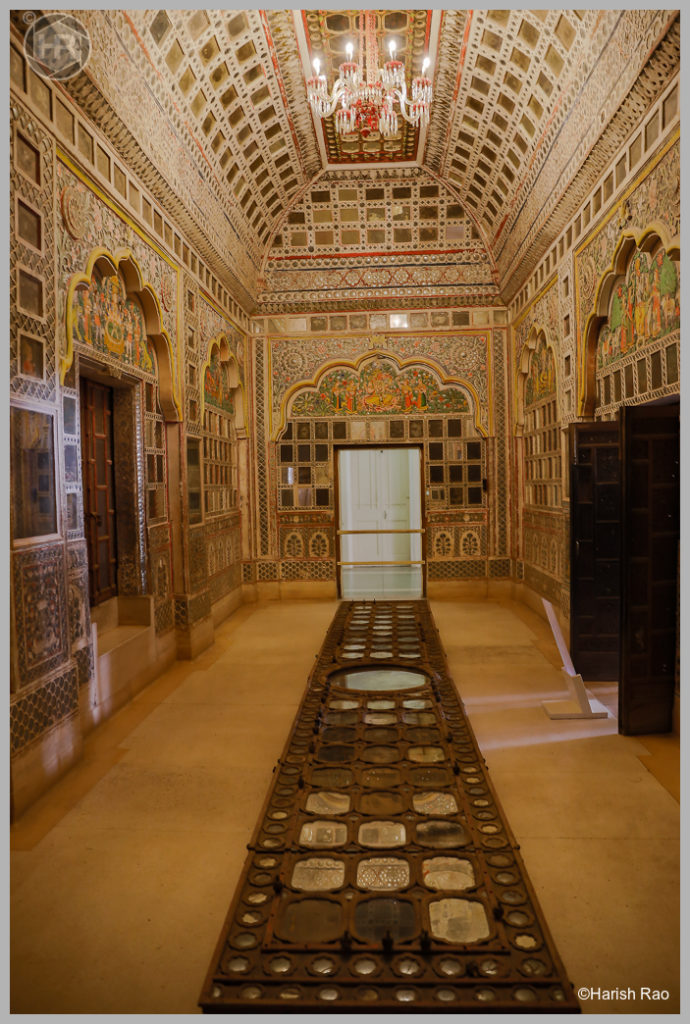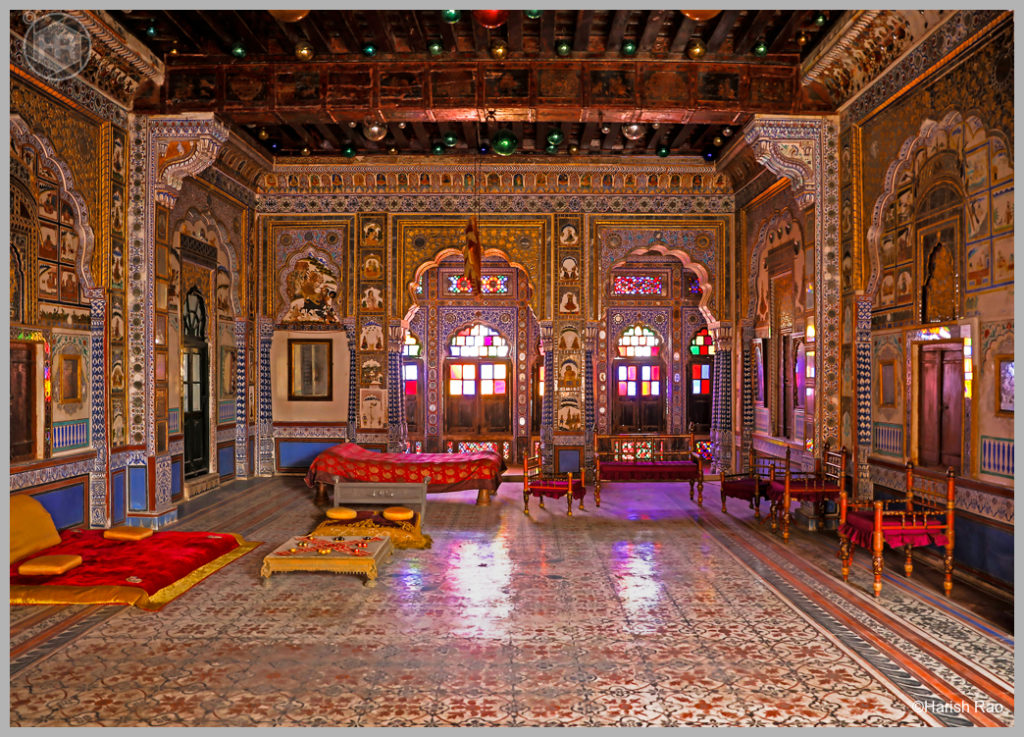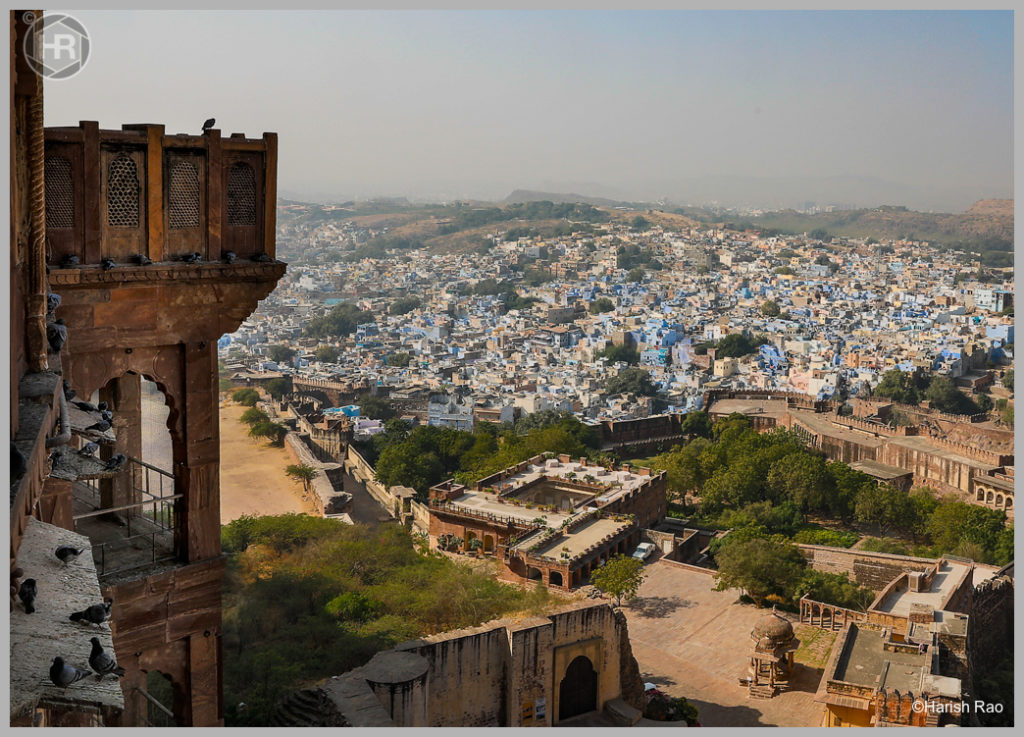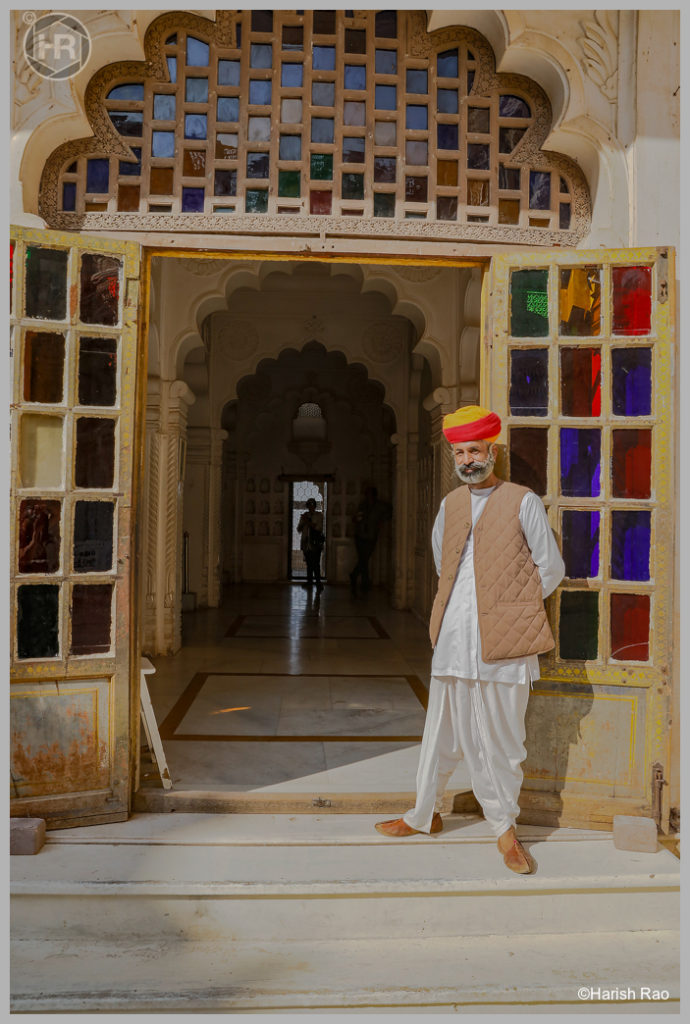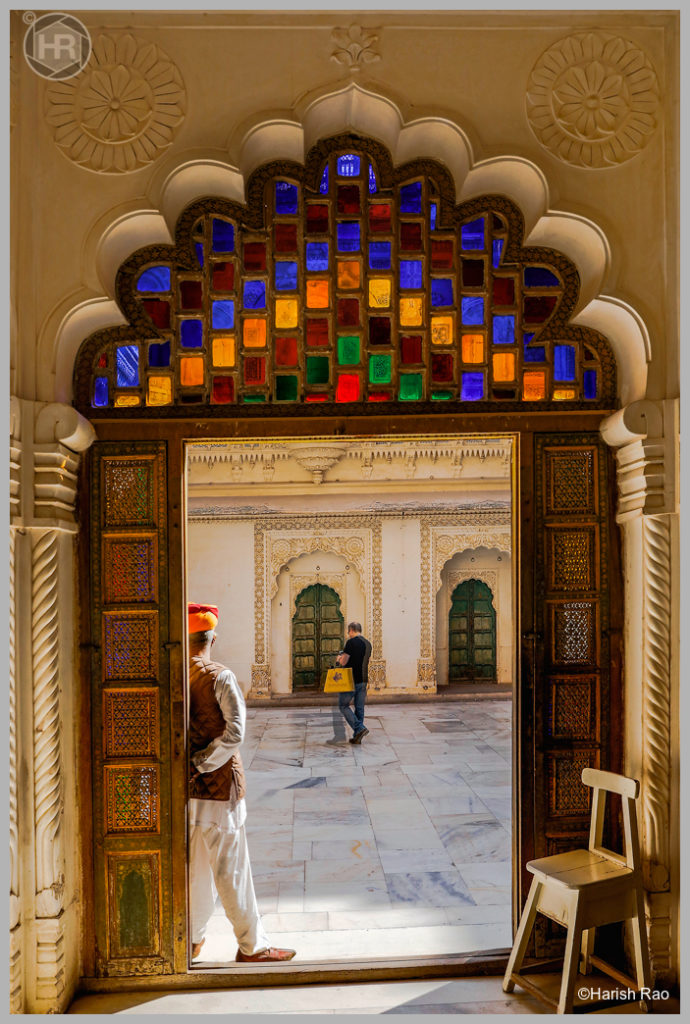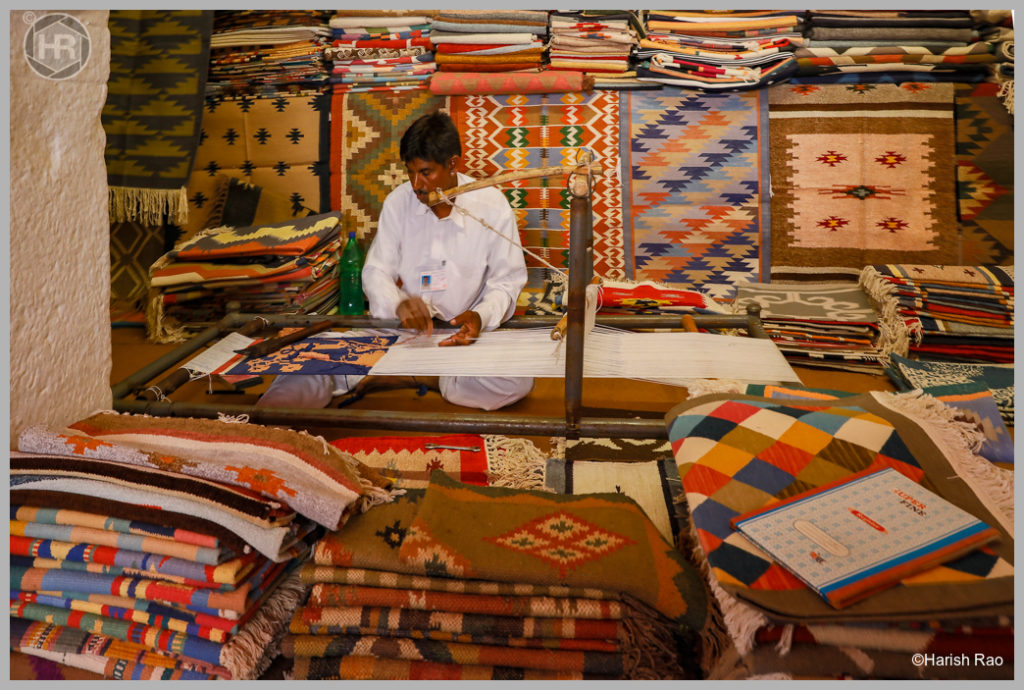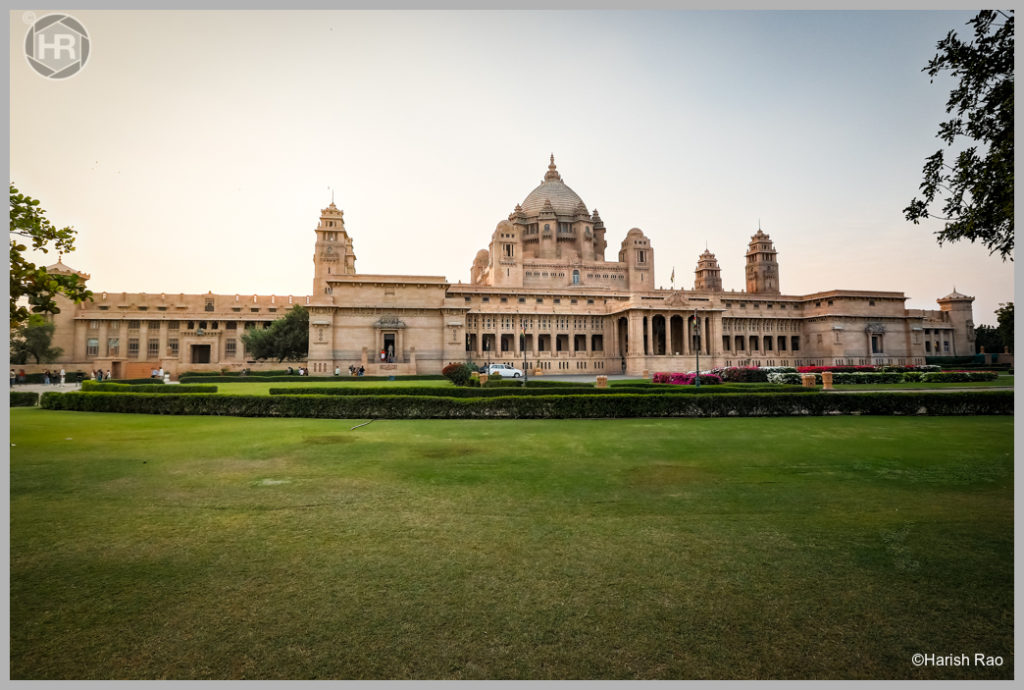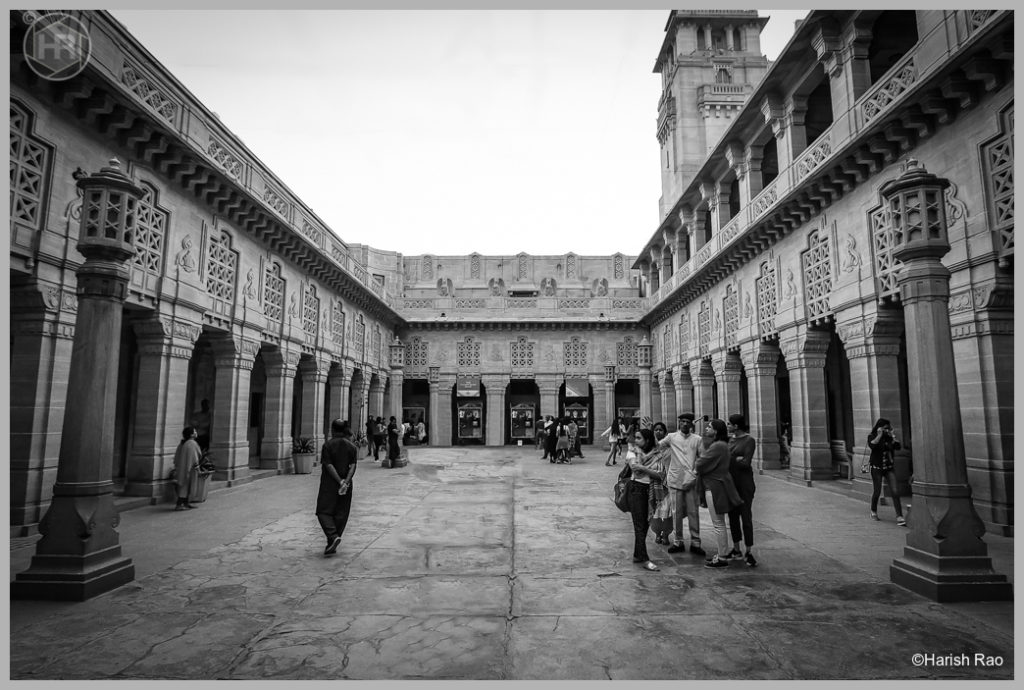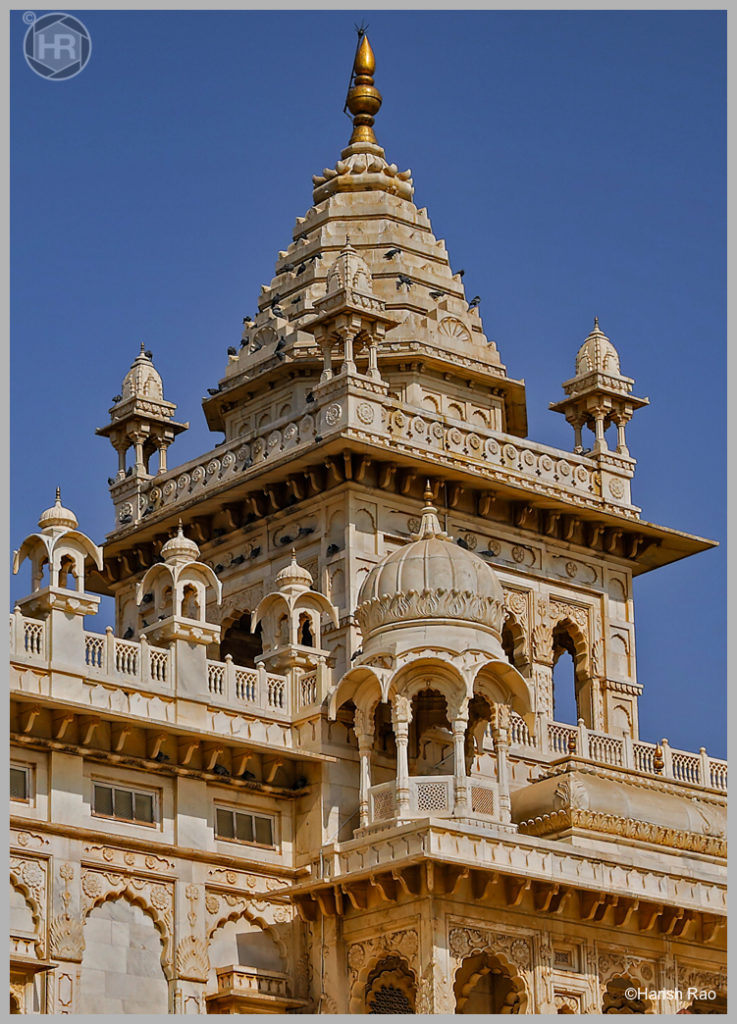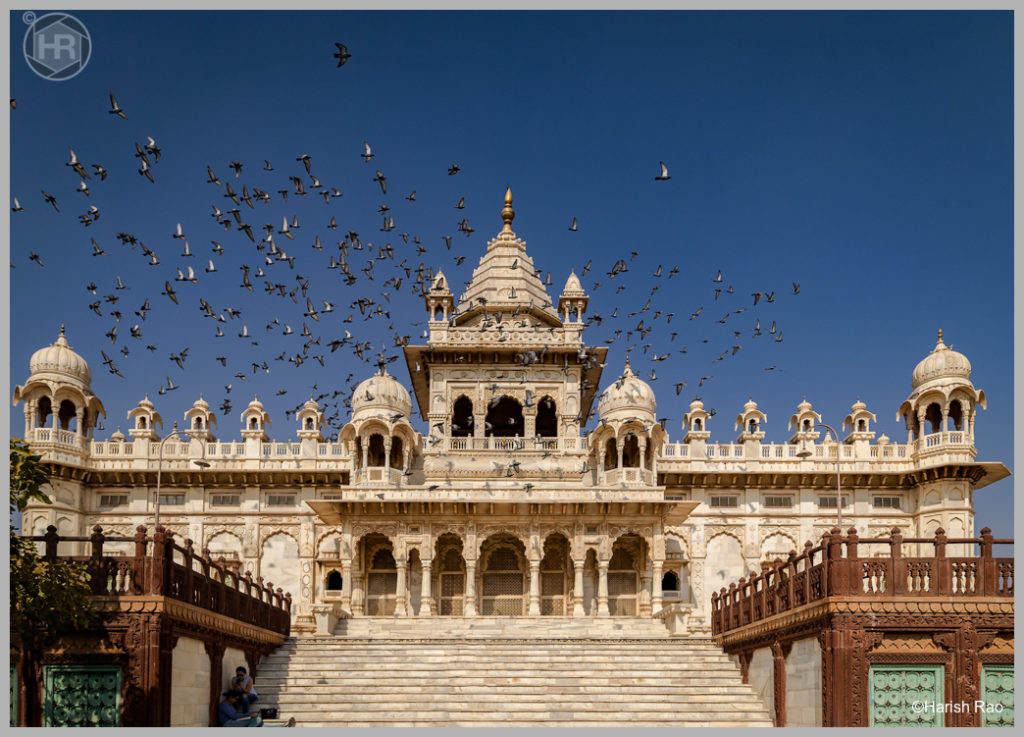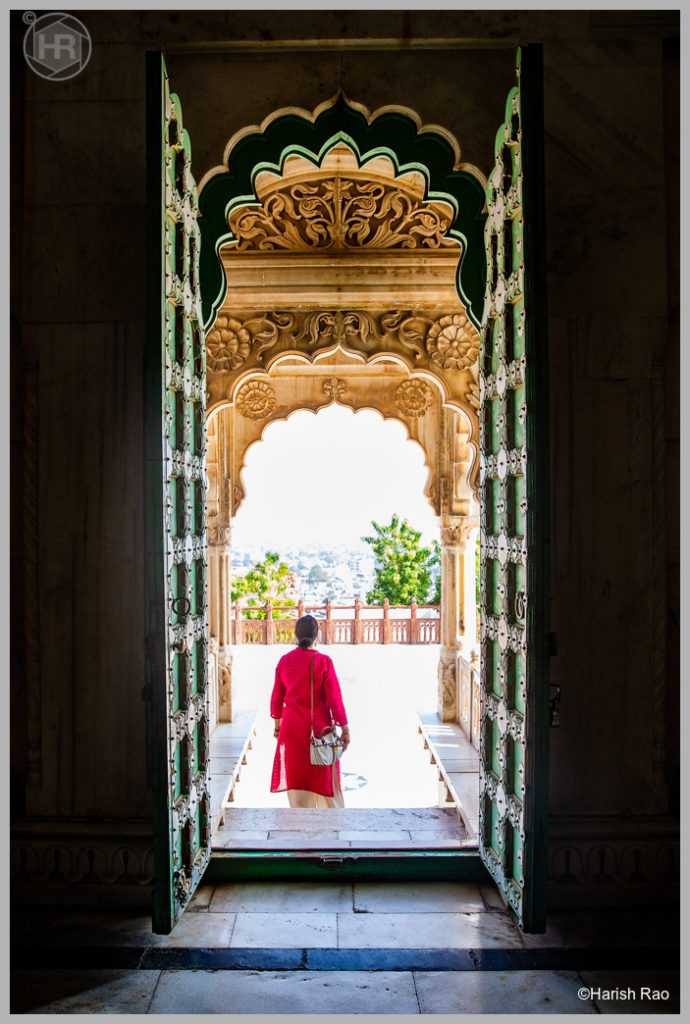Jodhpur - The Blue City
Jodhpur - The Blue City
About the city:
Jodhpur, formerly known as Marwar was the capital of the Rajput rulers.
Located towards to the west of the capital city of Jaipur, this city is the second biggest city in the state of Rajasthan . Being a place of princely palaces, magnificent forts as well as age old temples, this city of Rajasthan is among the famous tourist destinations in the state as well as India.
One of the specialties of this metropolitan city is that almost all the houses based around the fort of Mehrangarh are painted in blue color, due to which the city is even known as the “Blue City”.
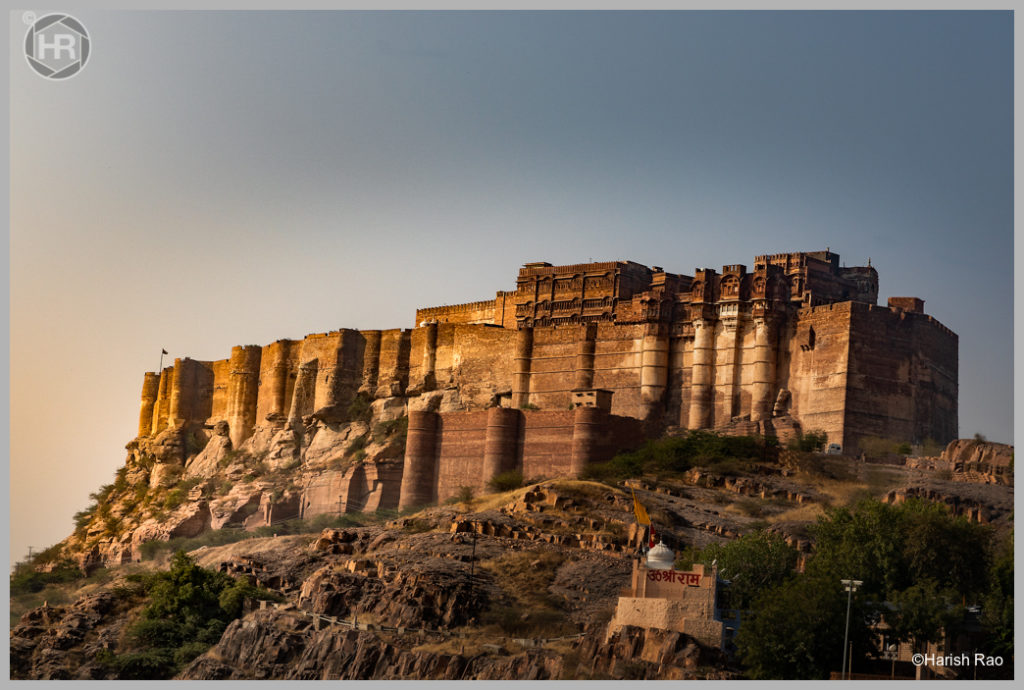
The Mehrangarh Fort
Mehrangarh - The fort of Jodhpur crowns a rocky hill that rises over hundred metres. The fort is majesctically located overlooking the city and is India’s one of the most historic monuments , with immense stone walls encomapssing delicate palaces, graceful courtyards and exquisitely painted chambers. It also houses and internationally recognized museum with superb display of paintings, textiles, armaments and other objects that provide a glimpse into life indside Rajasthan’s most legendary royal courts
The fort was built by Rao Jodha, the founder of Jodhpur. He wished to build it on the hilltop . The hilltop was occupied by a sage who refused to move . Rao Jodha froced the sage to move . The angry age broke his hut himself and left the place. He cursed the king that, “you would never get the water, as I was forced to leave ”. It is said that there has always been a shortage of water in Jodhpur state. Rao Jodha was advised by a Tantrik that is a man is buried in the foundation, the fort will always be with the maker and his descendants. The king made proclamation across the state that whoever was ready to be buried his family will be given royal patronage and immense wealth. A poor man was ready to be buried. He was buried alive and his family was given a tract of land which was known as ‘Rajbagh’ later. It is said that the man is buried where the stone with the writing is seen.
The entrance to the imposing Mehrangarh Fort is guarded by a series of seven famous gates. To the left of innermost gate, Loha Pol, or “Iron Gate”, are 15 small handprints left by the wives of the maharaja before they immolated themselves on his funeral pyre. Known as sati marks, the gilded handprints most likely date back to the 1843 death of Maharaja Man Singh.
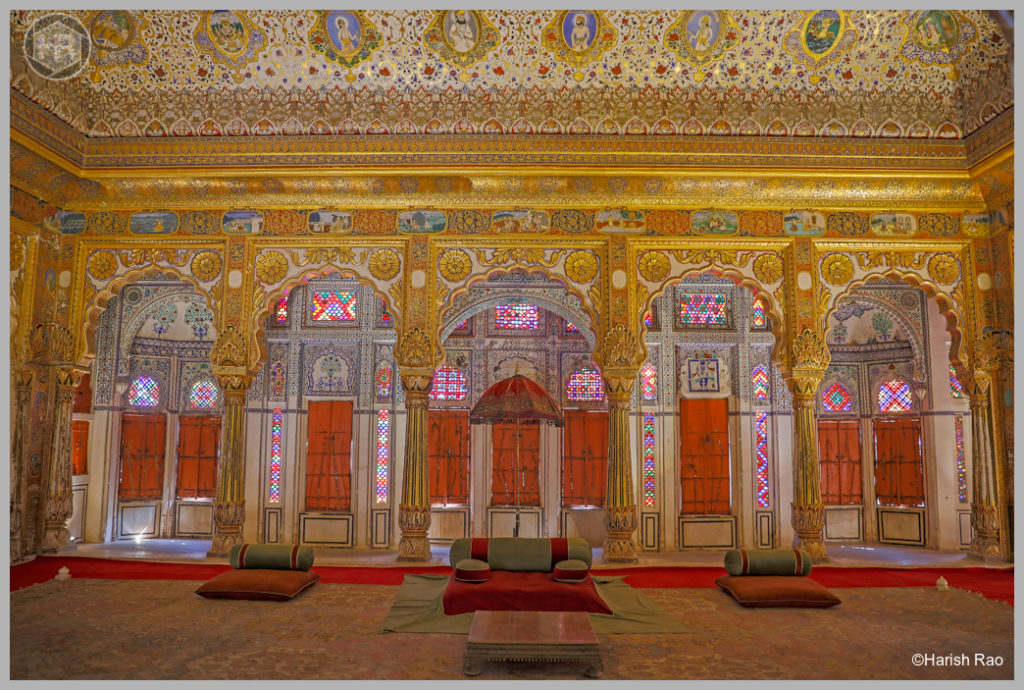
The phool mahal - The flower hall
Maharaja Abhaya Singh built the Phool Mahal. It is one of the grandest Mehrangarh Fort period rooms. It is believed that the Phool Mahal was a private and exclusive chamber of pleasure. Dancers are believed to perform here for the pleasure of the Maharajas. The gold for the Mahal came from Ahmedabad in Gujarat. The paintings, royal portraits and the ever-popular raga mala of the Mahal came during the reign of Jaswant Singh II. The architectural style of the interior – with its balustered and fluted columns – is derived from the palaces of Shah Jehan; though the outer casing, with elaborate jaali work, is typical of this part of Rajasthan. The paintings of the columns and walls are original, but the ceiling and its cornice were repainted in the mid 19th century, in the reign of Takhat Singh: his portrait and those of his sons feature in the scheme.
Umaid Bhawan Palace, located in Jodhpur in Rajasthan, India, is one of the world’s largest private residences. A part of the palace is managed by Taj Hotels. Named after Maharaja Umaid Singh, grandfather of the present owner Gaj Singh. The palace has 347 rooms and is the principal residence of the former Jodhpur royal family. A part of the palace is a museum.
To the left of the Mehrangarh Fort complex is the Jaswant Thada of Jodhpur, Rajasthan. It is a 19th century royal cenotaph built in commemoration of Maharaja Jaswant Singh II, the 33rd Rathore ruler of Jodhpur. The son of Maharaja Jaswant Singh, Maharaja Sardar Singh, in the memory of his father.
Famous Jaswant Thada in Jodhpur, India is an example of architectural brilliance in India. It is a white marble memorial, built out of intricately carved sheets of marble. The carving shows the genius of the sculptors. These stones are extremely thin and polished. As a result, the outside surface of the monument emits a warm glow when the sunrays fall on its surface
The Mehrangarh fort sitting on a rocky precipice overlooking the city , the Grand Umaid Bhavan Palace and the Jaswanth Thada built out of marble are all true demonstration of the lavishness and luxury with which the royalty lived those days. The colossal structure visible from outside does not provide any clue to the intricate delicate artistic work inside each of these places. I knew we had to rush through most of these places like a typical family vacation tour but if I have to do justice photographing each of these place I would have to come with my photography team and visit these places when the light is right. But this was our first trip to the desert state of India and its not easy to plan such trips often . I was thoroughly enjoying the trip and looking forward to the last leg of our journey …. Jaipur.
Cheers,


